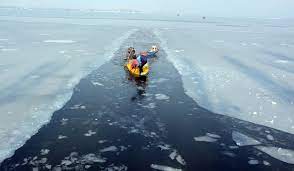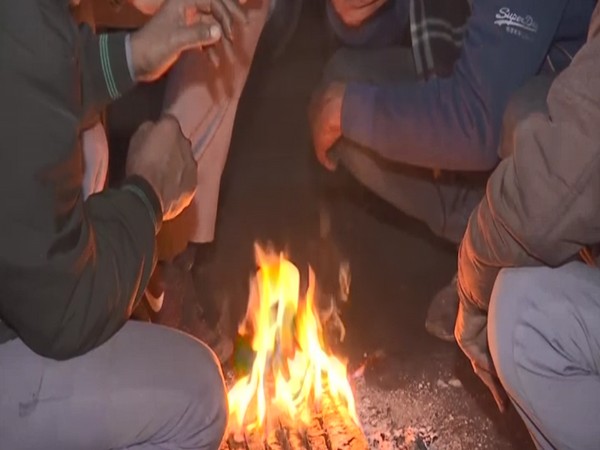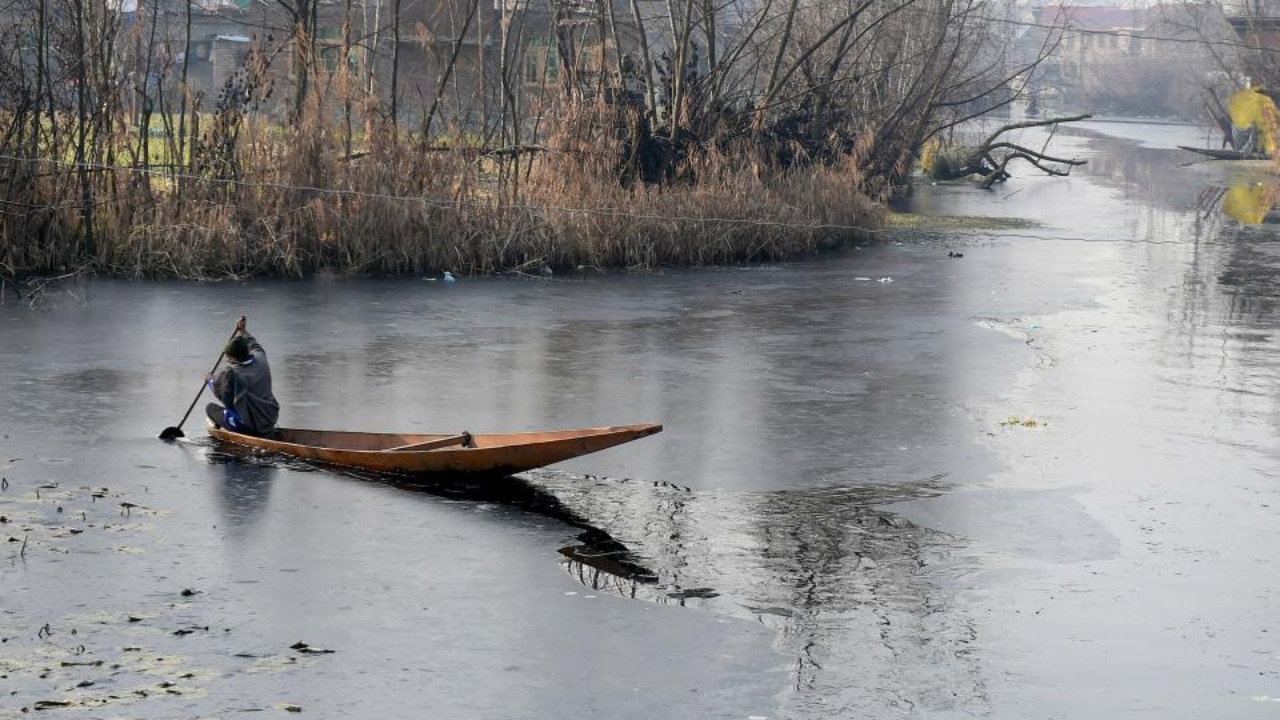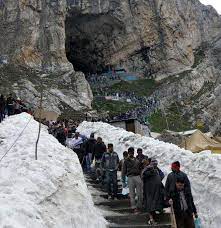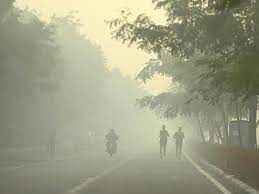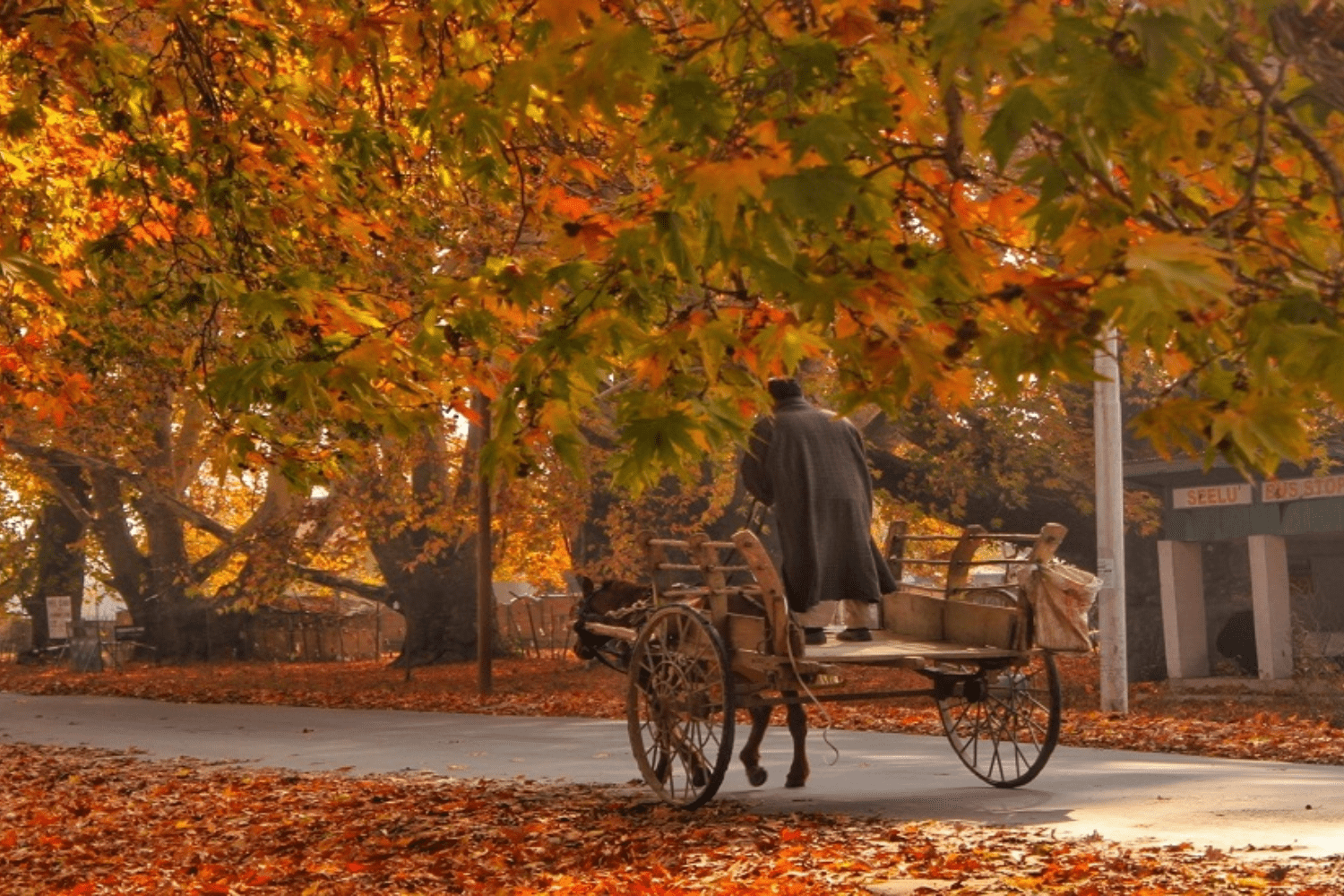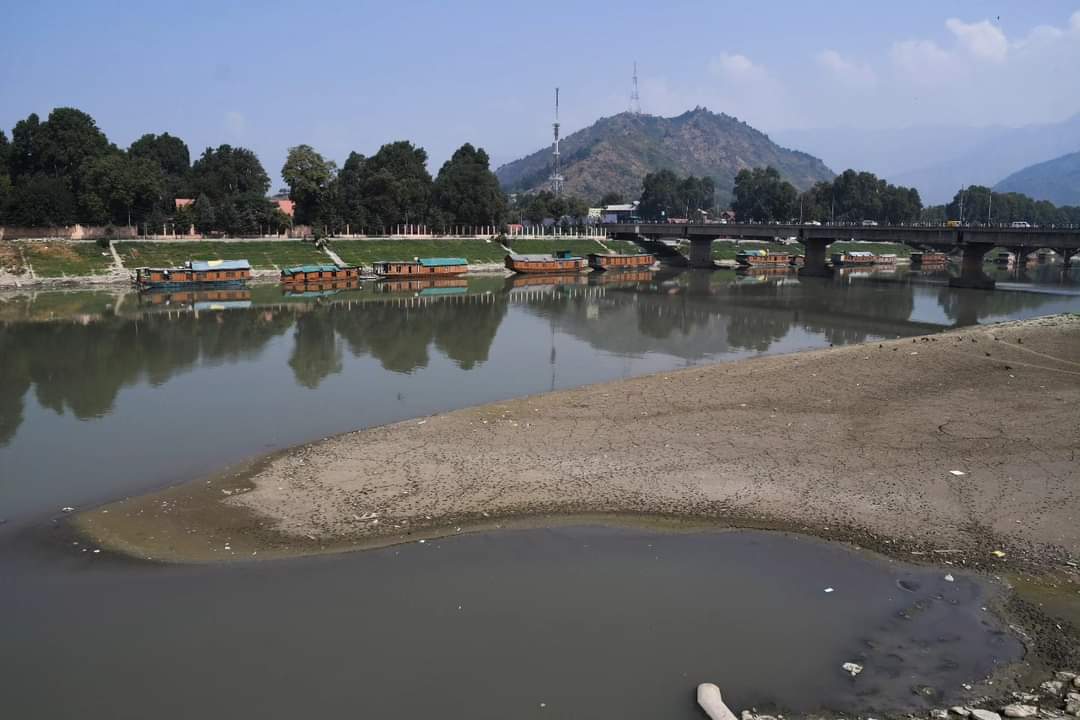Kashmir experienced bone-chilling temperatures on Thursday night, as several areas recorded the coldest night in the past 16 years while the Meteorological Department (MeT) officials predicted more precipitation during the next two days. The plummeting temperatures have been attributed to an ongoing cold wave, persisting even after the conclusion of ‘Chillai Kalan’, the 40-day harshest winter period earlier this week. Gulmarg ski resort in Baramulla district recorded a staggering drop in temperatures, reaching a low of minus 12 degrees Celsius. This marked a significant decrease of more than four degrees…
Read MoreTag: #ClimateChange
Biting Cold Continues in Kashmir: Dal Lake Skims with Ice, Residents Bundle Up
The southern Konibal and Pahalgam tourist resort were the coldest at minus 5 degrees Celsius and minus 4.5 degrees Celsius, respectively Cold condition continued in Valley as all the weather stations in Kashmir recorded sub-zero temperatures on Friday night. Srinagar recorded a minimum of minus 3 degrees Celsius, some 0.9 notches below normal. The southern Konibal and Pahalgam tourist resort were the coldest at minus 5 degrees Celsius and minus 4.5 degrees Celsius, respectively. The ski resort of Gulmarg saw a low of minus 3 degrees Celsius, the only with temperature…
Read MoreNo Respite From Winter’s Grip: Temperatures Dip, Valley Braces for More Cold Days
The summer capital Srinagar witnessed a freezing temperature of minus 5.2 degrees Celsius, some 3.1 notches below normal on the intervening night of Sunday and Monday The surface of Dal Lake froze at various places in the interiors on Monday as the night temperatures continued to plunge below zero across the Valley. The summer capital Srinagar witnessed a freezing temperature of minus 5.2 degrees Celsius, some 3.1 notches below normal on the intervening night of Sunday and Monday. Though there was improvement in foggy conditions, the residents said that the…
Read MoreKashmir Experiences Arctic Blast: Minimum Temperatures Sink Several Degrees Below Zero
The minimum temperature in the summer capital Srinagar dropped to minus 3.4 degrees Celsius from the previous night’s minus 2.8 degrees Celsius, officials said Kashmir reeled under cold wave conditions Sunday as minimum temperatures across the Valley stayed several degrees below the freezing point, officials said here. The minimum temperature in the summer capital Srinagar dropped to minus 3.4 degrees Celsius from the previous night’s minus 2.8 degrees Celsius, they said. Pahalgam in south Kashmir’s Anantnag district which serves as a base camp for the annual Amarnath Yatra recorded a minimum…
Read MoreKashmir in Grip of Severe Cold Wave, Minimum Temperatures Plummet
Minimum temperatures in several parts of Kashmir have dropped below the minus three degrees Celsius-mark as a cold wave sweeps the region. Kashmir is currently in the grip of “Chilla-i-Kalan”, a 40-day harsh winter period, when temperatures drop considerably leading to freezing of water bodies, including the Dal Lake, as well as water in supply lines. The chances of snowfall are the highest during this period and most areas, especially the higher reaches, receive heavy snowfall. “Chilla-i-Kalan” will end on January 31 and will be followed by the 20-day “Chilla-i-Khurd”…
Read MoreAmarnath Cave Shrine In Kashmir Himalayas Gets Motorable Road, But At What Cost?
A Road to Development or Ecological Peril? By: Javid Amin The Amarnath Cave Shrine, a place of divine serenity ensconced in the lofty Himalayas of Kashmir, is more than just a pilgrimage site. It’s a spiritual beacon that draws millions of Hindu devotees from across the world. At an altitude of over 3,800 meters, this shrine is not just a religious destination; it’s an arduous journey into the heart of nature’s splendor. However, the recent developments in the Kashmir Valley, driven by the Indian government’s initiatives, have brought about significant…
Read MoreDelhi, Noida, and Gurugram implement GRAP Stage 2 to combat air pollution
Under this, the air quality panel has asked the authorities in the NCR region to increase parking fees to discourage private transport. The air quality in Delhi is likely to dip and enter the “very poor” category on October 23 and 24 due to unfavourable meteorological and climatic conditions, the India Meteorological Department and the Indian Institute of Tropical Meteorology have said, prompting the Commission for Air Quality Management (CAQM) to invoke Stage 2 of the Graded Response Action Plan measures. These anti-pollution measures will be implemented in the entire…
Read MoreKashmir experiences first major rains of autumn season
The weather turned cloudy in the afternoon with mild to heavy rains in the evening, particularly in central and north Kashmir areas The first major rains of the autumn season lashed parts of Kashmir on Monday as a Western Disturbance hit the region, bringing down the temperatures. The weather turned cloudy in the afternoon with mild to heavy rains in the evening, particularly in central and north Kashmir areas. The region witnessed dusty winds after weeks of mostly dry weather. “The rainfall has started across Kashmir and a few parts…
Read MoreLoad Shedding ON: Kashmir Power Supply Disrupted as Dry Spell Reduces Water Levels in Reservoirs
Prolonged Dry Spell in Kashmir Leads to Electricity Woes The picturesque region of Kashmir is renowned for its breathtaking natural beauty, with its abundant water bodies, lush green valleys, and towering Himalayan peaks. However, the past few months have brought about an unexpected challenge for the people of Kashmir – a prolonged dry spell that has significantly reduced the water levels in the region’s vital water bodies. This has led to a domino effect, impacting the generation of electricity and, consequently, causing power curtailment that’s affecting the daily lives of…
Read MoreKashmir Faces Power Shortage as Dry Spell Reduces Hydropower Output
With prolonged dry spell leading to the reduction in water level in most of the water bodies across the Valley, the Kashmir-based power houses are generating less electricity, prompting the government to go ahead with power curtailment, causing immense hardships to the people. Pertinently, August and September—2023 has recorded deficient rainfall while the hot and humid weather conditions continued for weeks together, breaking the decades old record in the month of September. The hot and humid weather conditions resulted in reduction in water level in the famous water bodies including…
Read More

